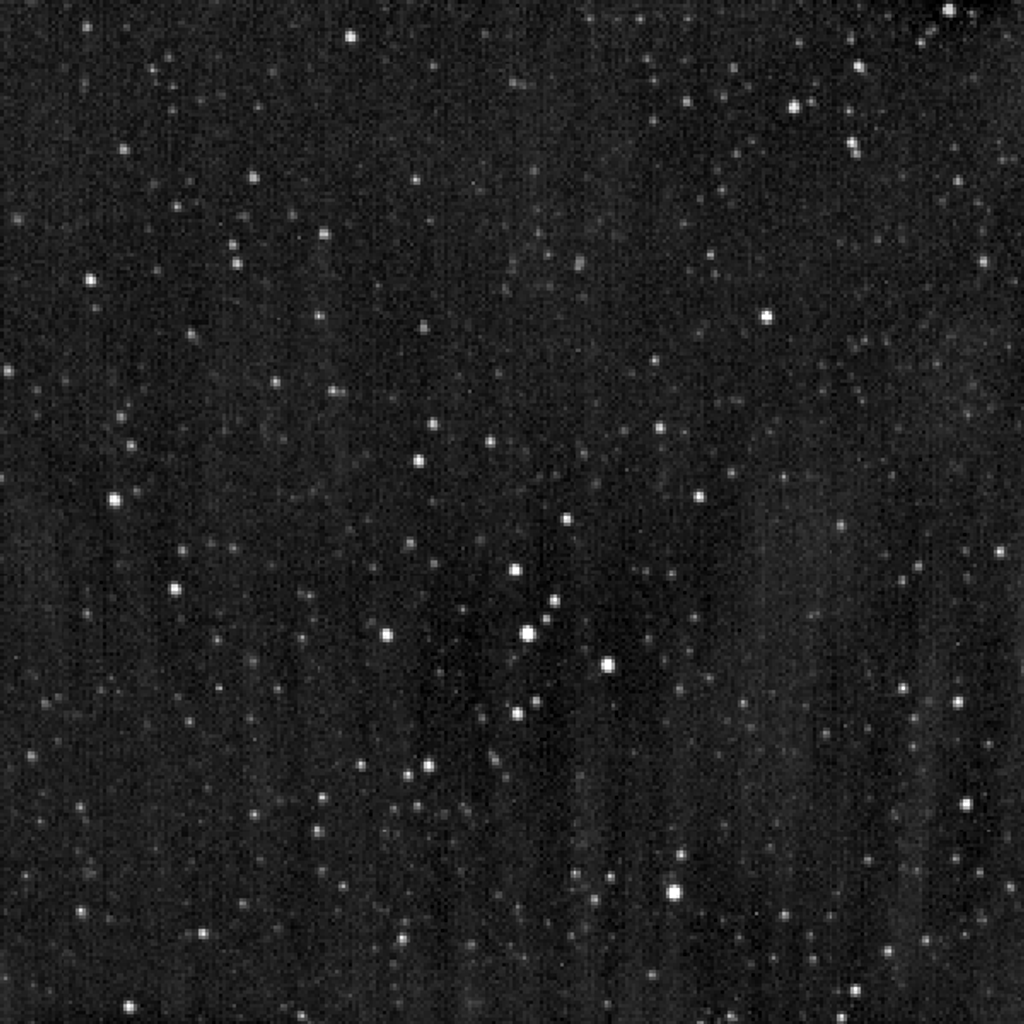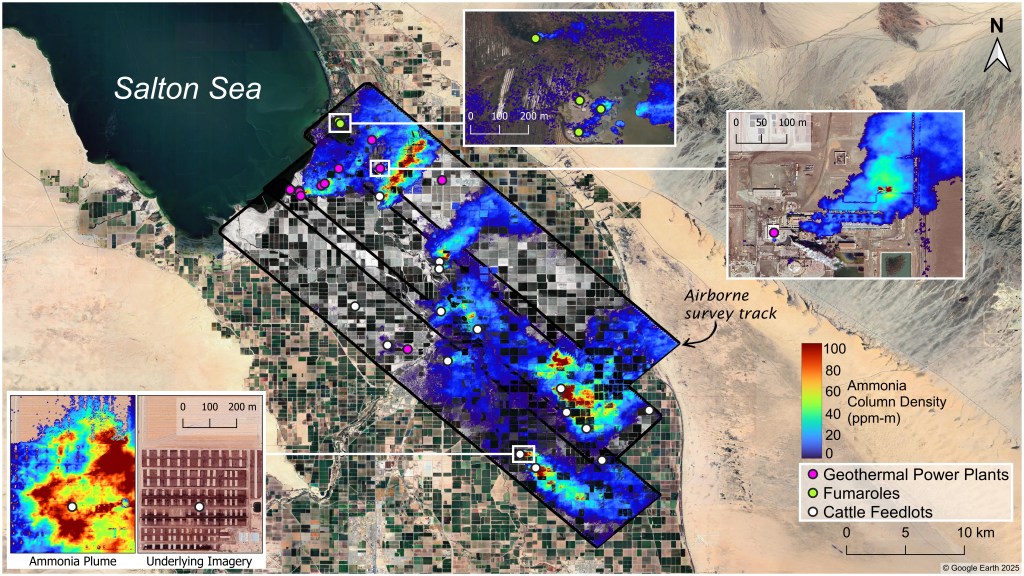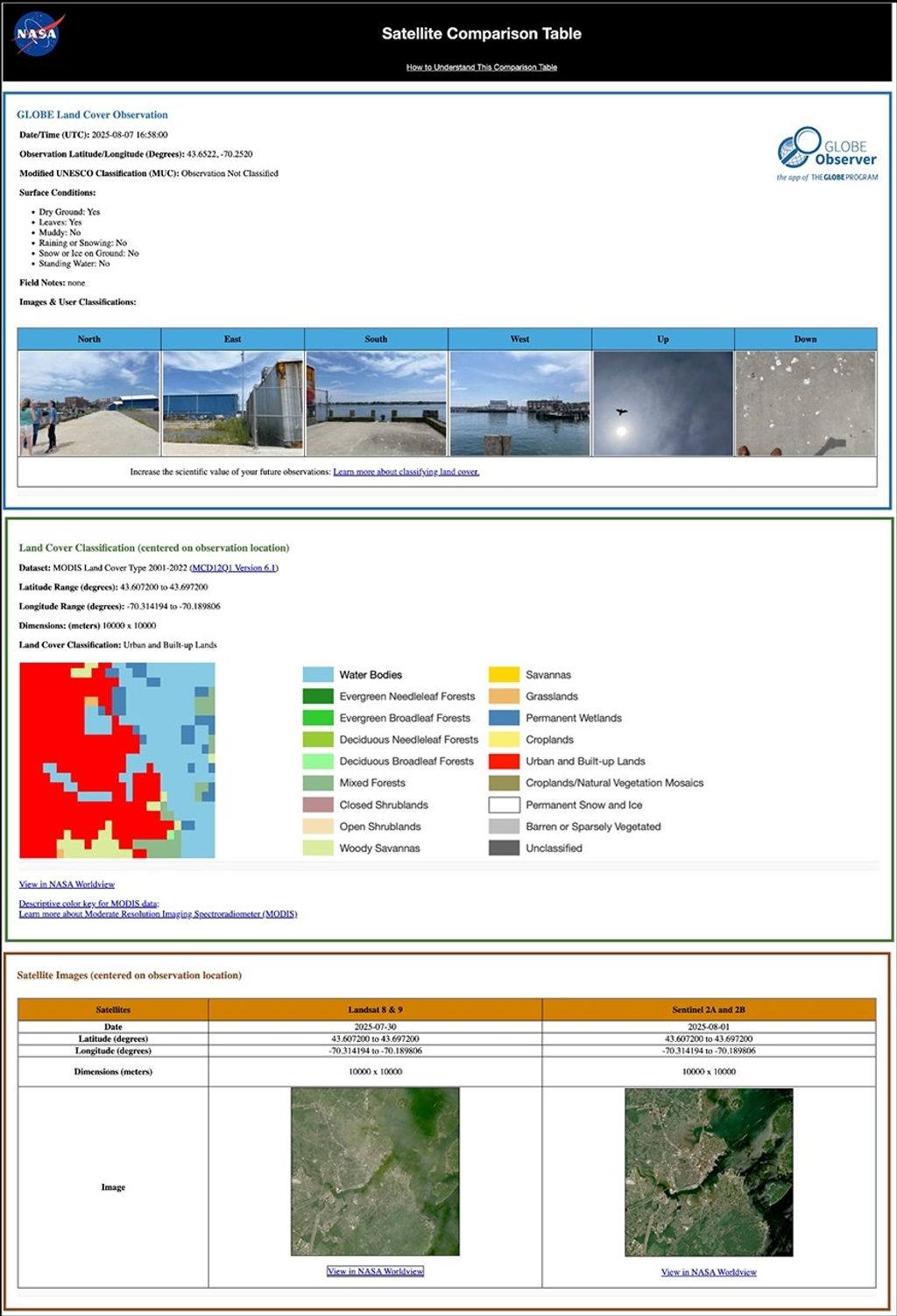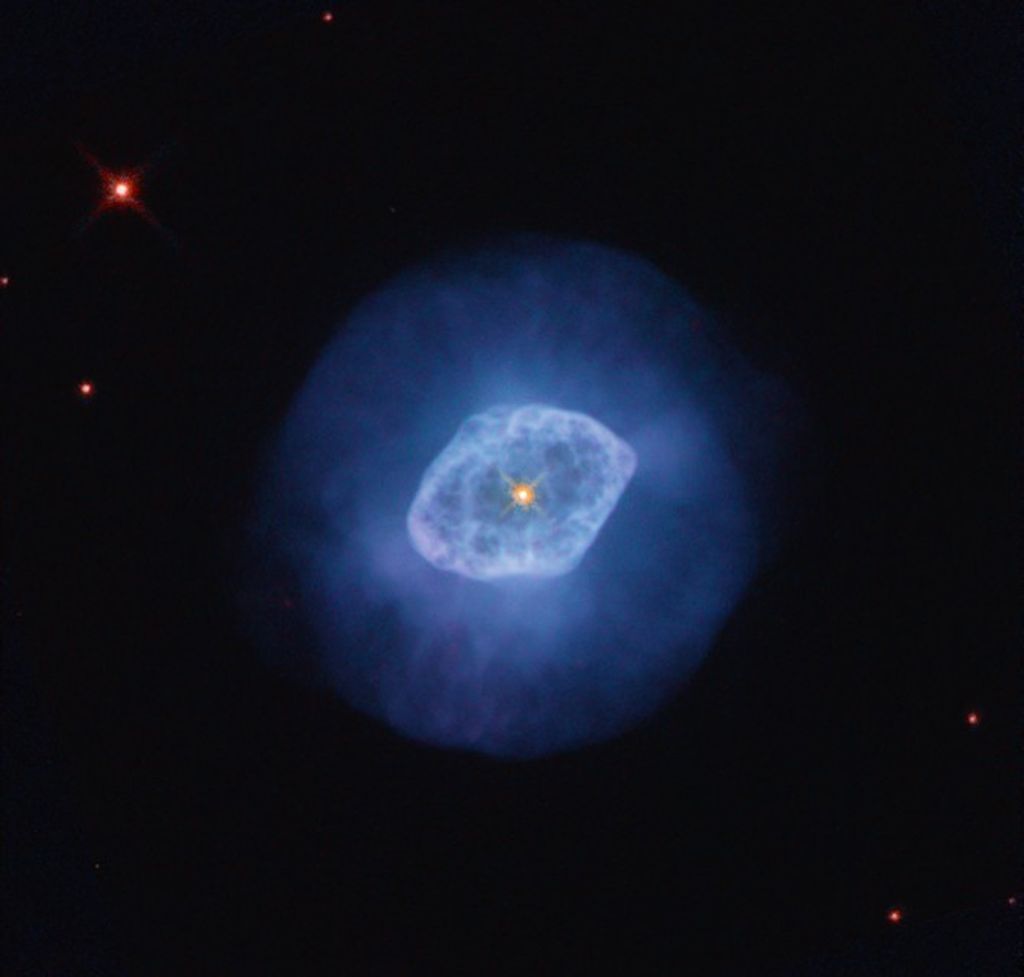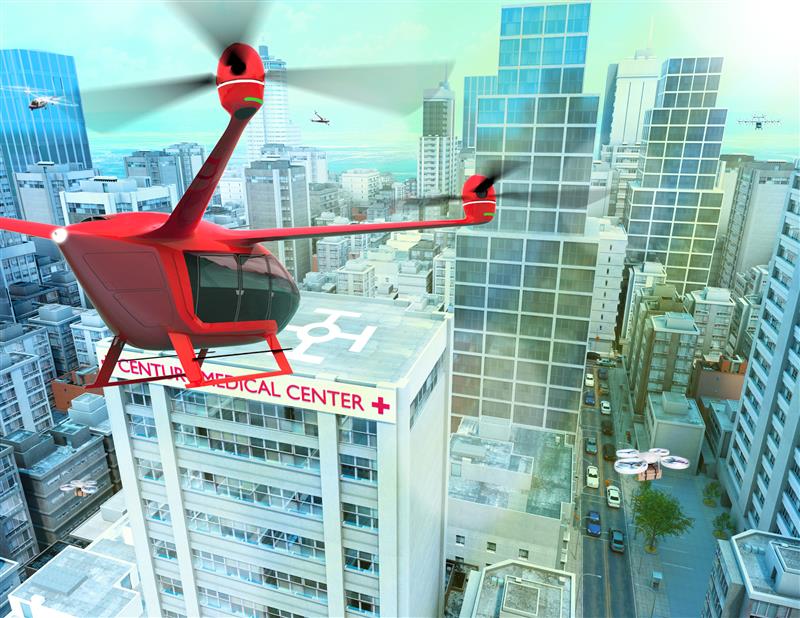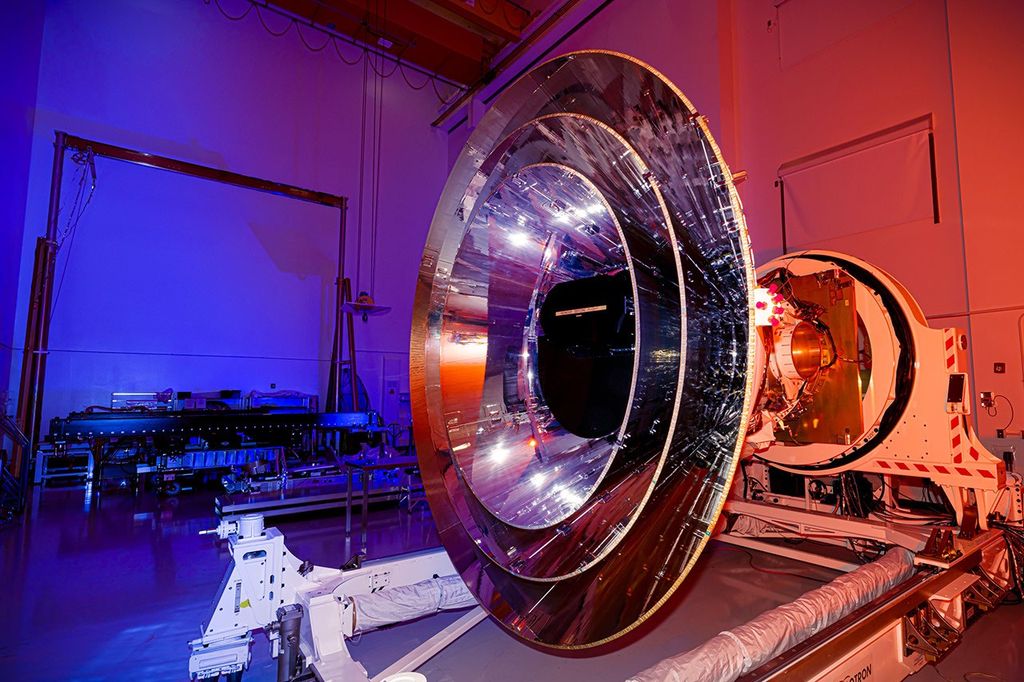Dmitry Savransky
Cornell University
With the advent of the standardized CubeSat platform and continuous improvements in satellite imaging systems, massive constellations of orbital assets will soon provide us with global, real-time surface coverage. Multiple companies are already preparing or launching constellations for commercial purposes, including persistent surface monitoring and providing internet services. Such constellations are also perfectly suited for NASA’s mission of exploration and discovery, both for studying the Earth and other solar system bodies. However, current techniques for satellite sensor cross-calibrations scale poorly to constellations of hundreds of elements. Furthermore, current constellations require significant data processing on the ground, which imposes delays on detecting and following up on events of interest. Fully autonomous onboard processing would provide unique and invaluable opportunities to study transient phenomena. To address all these issues, we propose an autonomous cross-calibration scheme for space-based imaging platforms based on an optimal observer combining measurements from standard sources, such as GPS and onboard attitude determination systems, with invariant features extracted from the satellite imagery itself. By sharing individual state estimates and features between elements of the constellation, individual spacecraft will update their own state estimates, which will include both position and orientation knowledge as well as the complete geometric calibration of their imaging system. Continuous state estimation will enable imaging products to be downlinked with sufficient metadata to allow for sub-pixel co-registration without additional fitting. At the same time, temporal changes in the feature set related to a particular location on the ground will reveal transient events that can be autonomously monitored by multiple constellation elements, or by other sensing platforms.






